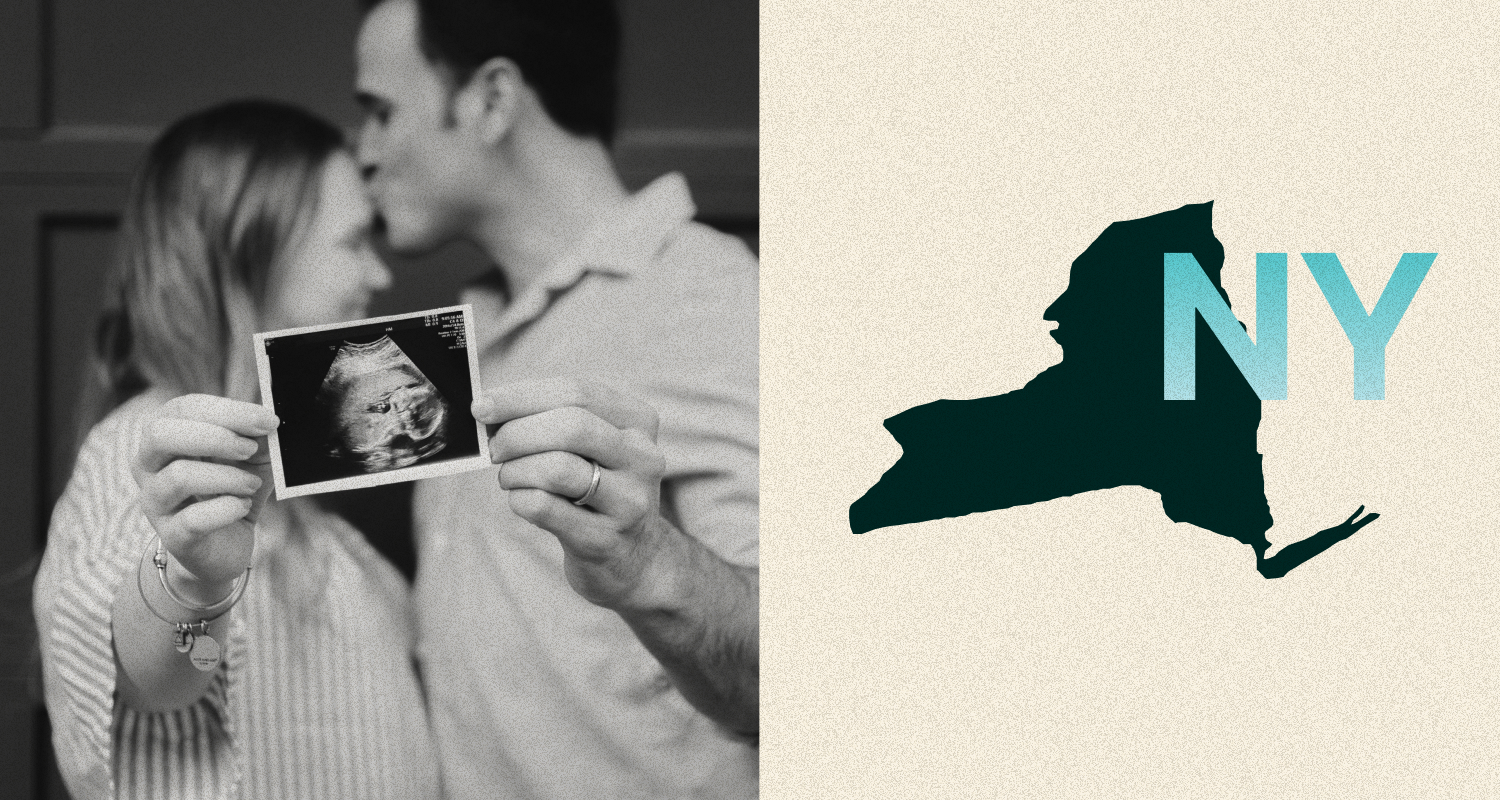UPDATED – On May 27, 2021, the New York Department of Labor announced that employees in New York must be permitted to use sick leave under the NY State Sick Leave law to recover from any COVID-19 vaccine side effects.
UPDATED – The Westchester County Human Rights Commission announced that the county’s Earned Sick Leave Law, which went into effect in April of 2019, has been preempted by NY State Sick Leave.
UPDATED – On October 20, 2020, the New York state updated its webpage issued initial guidance in the form of Frequently Asked Questions (FAQs). This article has been updated to reflect this additional guidance.
On April 3, 2020, New York Governor Andrew Cuomo signed the fiscal year 2021 New York State Budget which notably amends New York Labor Law by adding Section 196-b to create a mandatory paid sick leave program (NY State Sick Leave) to take effect on September 30, 2020. Employees may begin using accrued NY State Sick Leave beginning January 1, 2021. This article provides an overview of what we know so far about the legislation and its impact on New York employers.
Which Employers Does the NY State Sick Leave Law Apply to?
The law applies to all employers with any employees working in New York State.
Who is Eligible to take NY State Sick Leave?
Any employee working in New York shall accrue sick leave at a rate of not less than one hour per every thirty hours worked, beginning at the commencement of employment or September 30, 2020, whichever is later, subject to the use and accrual limitations of the law. The FAQs clarify that all private-sector employees who physically work in New York State are covered by the law, “regardless of industry, occupation, part-time status, and overtime exempt status.”
What are the Covered Reasons for Taking Leave?
NY State Sick Leave may be taken for the following:
- An employee’s (or their family member’s) mental or physical illness, injury, or health condition, regardless of whether the condition has been diagnosed or requires medical care at the time the employee requests sick leave;
- The employee’s (or their family member’s diagnosis, care, or treatment of a mental or physical illness, injury or health condition, or for preventive care; or
- An absence from work due to any of the following reasons when the employee or employee’s family member has been the victim of domestic violence, a family offense, sexual offense, stalking, or human trafficking:
- to obtain services from a domestic violence shelter, rape crisis center, or other services program;
- to participate in safety planning, to relocate temporarily or permanently, or to take other actions to increase the safety of the employee or employee’s family members;
- to meet with an attorney or other social services provider to obtain information and advice on, and prepare for or participate in, any criminal or civil proceeding;
- to file a complaint or domestic incident report with law enforcement;
- to meet with a district attorney’s office;
- to enroll children in a new school; or
- to take any other actions necessary to ensure the health or safety of the employee or the employee’s family member or to protect those who associate or work with the employee.
Who is Considered a Family Member for Purposes of NY State Sick Leave?
For purposes of this leave, a “family member” includes an employee’s child (including foster child, legal ward, or equivalent legal relationship), spouse, domestic partner, parent (including a step- or foster parent, legal guardian, or equivalent legal relationship), sibling, grandchild, grandparent, and the child or parent of an employee’s spouse or domestic partner.
What Amount of Leave Must be Provided to Eligible Employees?
Employers are required to provide employees with either 40 or 56 hours of sick leave in each calendar year based on employer size and net income. The FAQs released are silent as to whether employers should count employees regardless of whether they are located inside or outside New York State for purposes of determining employer size. Absent further clarification, the conservative approach is to count all employees regardless of their location.
Employers must provide the following to eligible employees:
- Employers with at least 100 employees must provide at least 56 hours of paid sick leave;
- Employers with between five (5) and 99 employees must provide at least 40 hours of paid sick leave;
- Employers with four (4) or fewer employees and a net income of greater than $1 million in the previous tax year must provide employees at least 40 hours of paid sick leave, and
- Employers with four (4) or fewer employees and a net income of $1 million or less in the previous tax year must provide employees at least 40 hours of unpaid sick leave.
Employers may set a reasonable minimum daily increment for the use of sick leave not to exceed four (4) hours.
How is a Calendar Year Defined to Determine an Employer’s Size and Leave Accrual?
For purposes of determining an employer’s size, a calendar year is defined as the 12-month period from January 1 to December 31. For the purpose of using and accruing paid or unpaid leave under the law, the FAQs clarify that an employer may designate any 12-month period as a “calendar year”.
What is the Accrual Rate?
Beginning September 30, 2020, employees will accrue sick leave at a rate of at least 1 hour for every 30 hours worked. Notably, this is similar to the accrual rate under the New York City’s Paid Safe and Sick Leave Law. Employers may also frontload the full amount of sick leave in a lump sum at the beginning of each year, provided they do not reduce the available amount of sick leave based on the number of hours actually worked by the employee.
Also note that employers will be required to provide a summary of the amounts of sick leave accrued and used by the employee in the current calendar year and/or any previous calendar year upon oral or written request. Such information must be provided to the employee within three business days of a request.
How is Rate of Pay for Sick Leave Calculated?
Employees must be compensated for their paid sick leave at their regular rate of pay or minimum wage, whichever is greater.
Can Employers Require a Doctor’s Note?
No. Employers cannot require employees who request to use sick leave to disclose any confidential information pertaining to the request. Specifically, the law states that an employer may not require the disclosure of confidential information relating to a mental or physical illness, injury, or health condition of such employee or such employee’s family member, or information relating to absence from work due to domestic violence, a sexual offense, stalking, or human trafficking, as a condition of providing sick leave.
Is there an Employer Notice Requirement?
The law does not address employer notice requirements. The New York Department of Labor (NY DOL) is expected to issue additional regulations and guidance prior to the effective date of the law.
What Records do Employers need to Retain?
Employers will be required to keep records showing the amount of sick leave provided to each employee under the law and such records must be maintained for a minimum of six (6) years.
Also note, that as of September 30, 2020, the recordkeeping requirements of New York’s Wage Theft Prevention Act (WTPA) will expand to include data related to NY State Sick Leave. The WTPA was also amended as part of the Fiscal Year 2021 budget to require all New York State employers to maintain records, for a minimum of six (6) years of the “amount of sick leave provided to each employee.”
Are Employers Required to Carry over to the Next Year or Pay Out Unused Leave at Separation?
Unused sick leave can be carried over to the following calendar year. Employers are not required to pay employees for unused sick leave at the end of the calendar year or upon separation from employment.
Are there any other Prohibitions under the NY Paid Sick Leave Law?
Employers are prohibited from discrimination and retaliation against employees that request or use sick leave.
Are Employees Entitled to Job Restoration?
The law requires employees to be restored to the same position as held before the leave with the same pay and terms and conditions up return from NY State Sick Leave.
How will NY State Sick Leave Interact with Existing Employer Leave Policies?
An employer is not required to provide any additional sick leave under NY State Sick Leave if the employer has adopted a sick leave policy or time off policy that provides employees with an amount of leave which meets or exceeds the requirements of NY State Sick Leave and satisfies the accrual, carryover, and use requirements of the law.
How will NY State Sick Leave Interact with Local Sick Leave Laws?
The NY State Sick Leave does not preempt laws or ordinances enacted by cities with a population of 1 million or more that meet or exceed the requirements for minimum hours or use. Therefore, employers already covered by the New York City Paid Safe and Sick Leave must continue to provide employees with leave that meets or exceeds the requirements of both the statewide and local laws. The Westchester County Human Rights Commission (“Commission”) announced that the county’s Earned Sick Leave Law, which went into effect in April of 2019, has been preempted by NY State Sick Leave. However, the Commission clarified that the Westchester County’s Safe Time Leave law, has not been preempted by the NY State Sick Leave and therefore employers must continue to comply with this local law and provide eligible employees with 40 hours of paid safe leave per year.
The NY DOL is likely to issue regulations and guidance in the coming months. Our compliance team continues to monitor this legislation closely and will update this article accordingly as we learn more.
Additional Resources:
The information and materials on this blog are provided for informational purposes only and are not intended to constitute legal or tax advice. Information provided in this blog may not reflect the most current legal developments and may vary by jurisdiction. The content on this blog is for general informational purposes only and does not apply to any particular facts or circumstances. The use of this blog does not in any way establish an attorney-client relationship, nor should any such relationship be implied, and the contents do not constitute legal or tax advice. If you require legal or tax advice, please consult with a licensed attorney or tax professional in your jurisdiction. The contributing authors expressly disclaim all liability to any persons or entities with respect to any action or inaction based on the contents of this blog.




